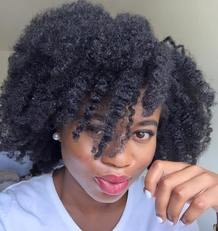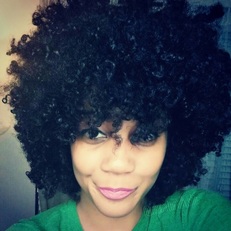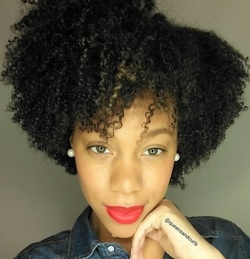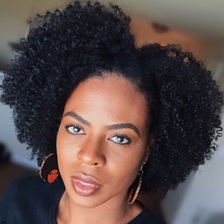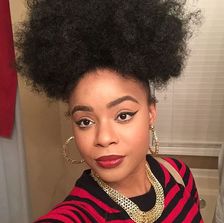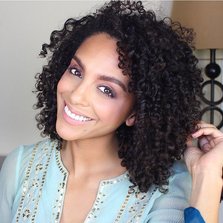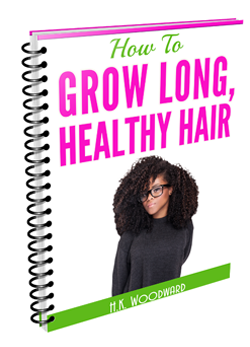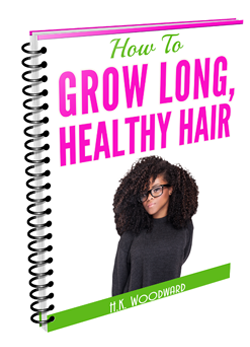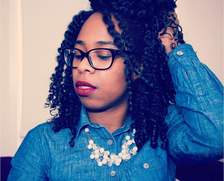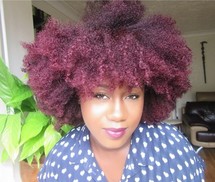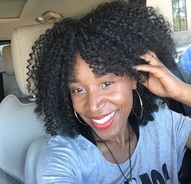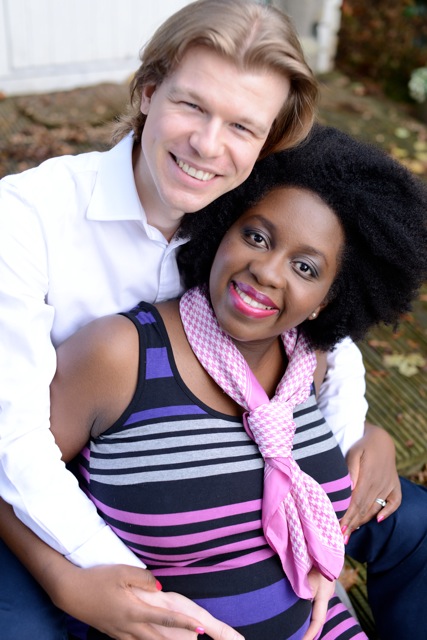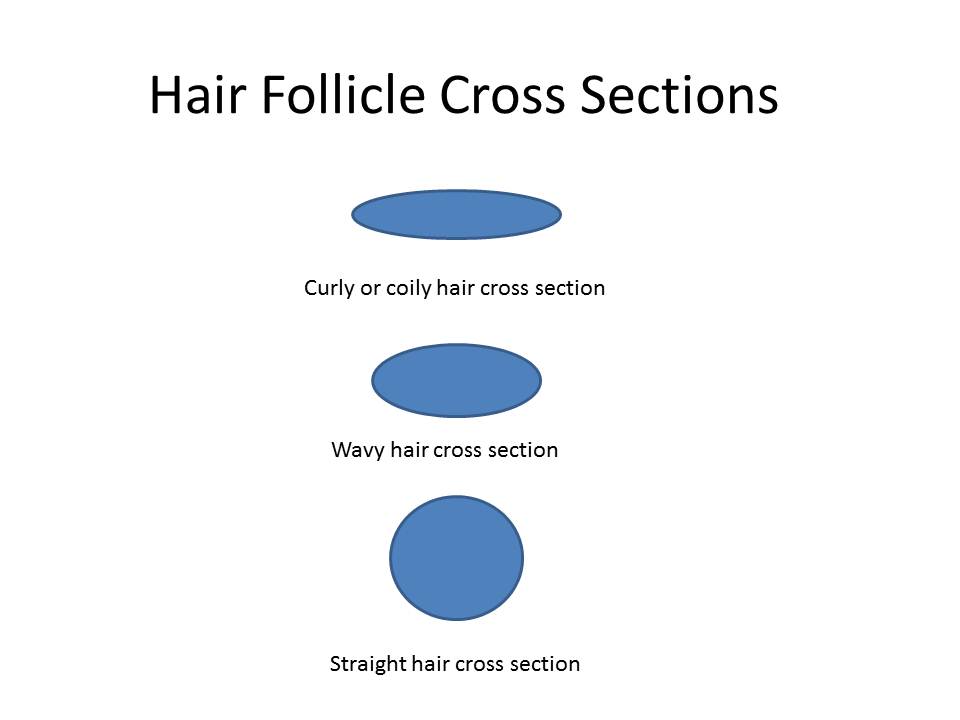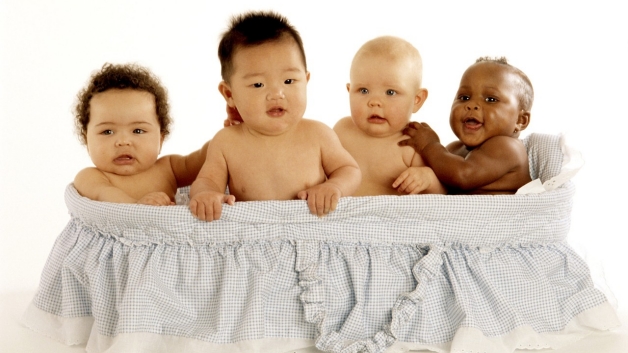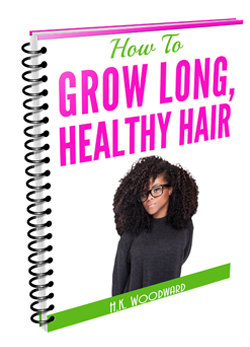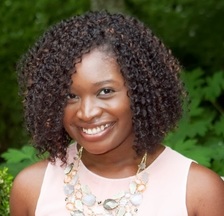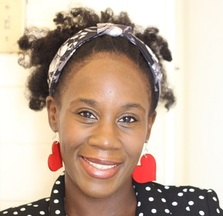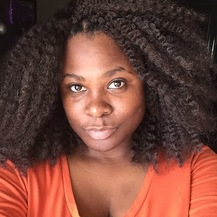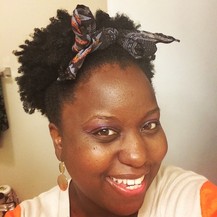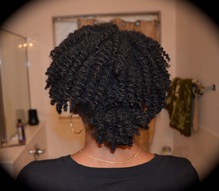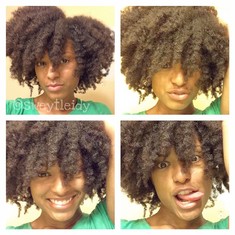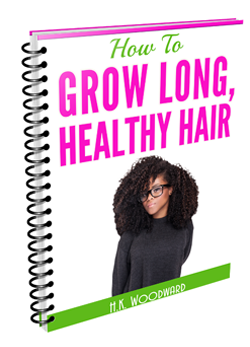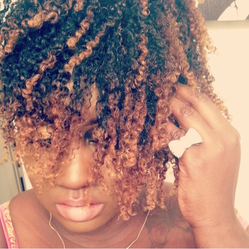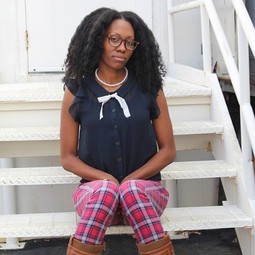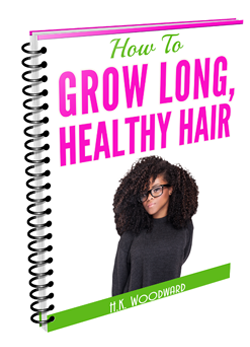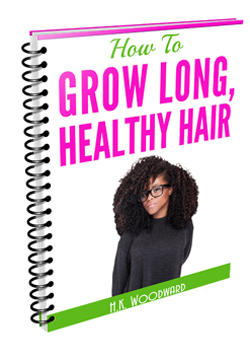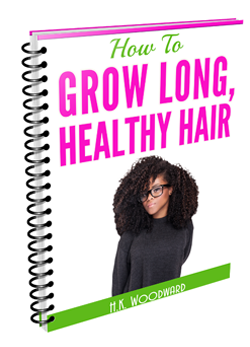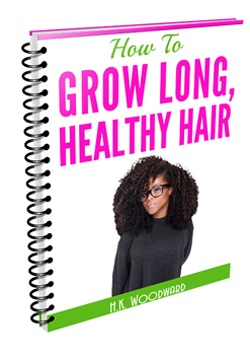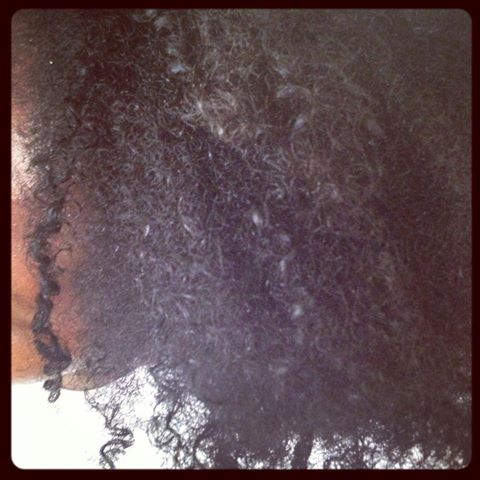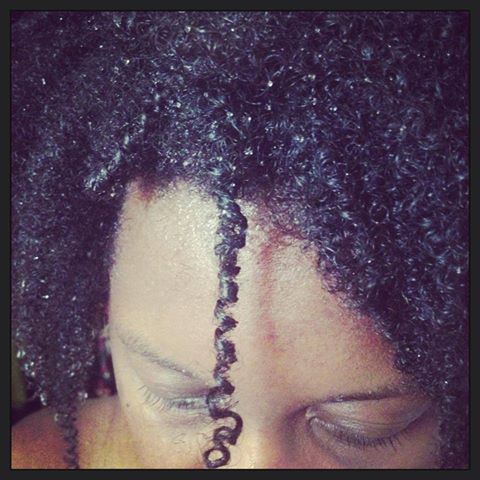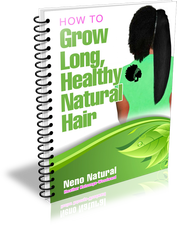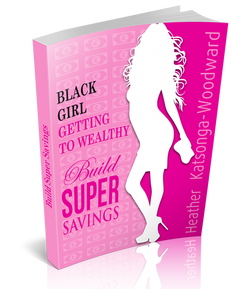|
By Miranda Hicks
Author Bio: Hi guys. My name is Miranda, and I am a professional hairstylist based in New York. I have been in the fashion industry for the past 10 years and have been graced to work with the some of the top ranking professionals in the field. For the latest information on hair products, styling tips and more, check out my top hair straightener (flatironpro.com) reviews.
Hair care being a prominent part of a woman’s daily rituals provides an insight into the quality of her hair, and this is particularly important if you are following the myths that surround the hair care routine. It is a fact that various myths about hair care are implemented by women across the world to ensure having long and shiny tresses. But, there is a need to take a look at the rational viewpoint regarding hair care myths that need to be supported by logical reasoning to ensure that women follow only healthy hair practices. In this article, I will dispel some of the most common myths related to hair care so that all you beautiful ladies can practice a healthy hair care regimen.
Repeated Shampooing is key to Healthy Hair A most common myth related to hair care is repititive shampooing. This myth is entirely false as repeatedly shampooing hair can deplete the moisture present in hair and leave it dry. So, don’t over-shampoo your hair if you want to maintain the natural shine and moisture of your hair as well as keep it healthy and strong. Hair Growth is Directly Related to Regular Trimming Sessions Another popular myth about hair care is that regular trimming sessions make your hair grow faster, but it doesn’t hold true regarding healthy hair growth. The fact is that every month hair grows about half an inch whether or not you go for the trimming sessions. It is true, however, that trimming makes your hair look presentable and well managed, but hardly helps the process of hair growth. Wash Your Hair with Cold Water Only You must have heard many times from people that you should wash your hair using cold water only to keep it nourished and healthy. In fact, the lukewarm water is more helpful for rinsing products out of your hair because cold water frequently doesn’t clean products from hair entirely. The use of cold water at the end of your wash process can, however, make hair look a bit shiny, so use cold water to rinseyour hair, since excessively hot water can robyour hair of all the essential moisture. You Can Repair Split Ends It is often seen that women resort to different hair practices to cure split ends. The fact is that split ends can’t be repaired even if you use the best shampoos and conditioners, as the only way to minimize the occurrence of split ends is to go for regular trimming sessions, but even then,existing split ends cannot be undone. Comb Your Hair by Following a Set Pattern Only Some suggest that you should brush your hair from top to bottom (roots to tips) following it’s natural growth pattern. However, the fact is that it’s better to comb curly hair from the tips first and gently work towards the roots to minimize breakage and hair loss. Make sure to brush your hair only when itismoist(not too dry and not too wet) as wet hair combing can lead to unnecessary breakage. Conclusion Popular myths about haircare have become an indispensable part of life as women tend to follow these misconceptions without questioning them. So, I have tried to bring up the most common myths and have debunked them to make sure that you wonderful gals follow only healthy hair practices. Be gentle with your tresses and don’t follow any hair care myths blindly to have luscious hair. All views are those of Miranda Hicks.
0 Comments
Lucky are those that big chop on impulse. In a moment of frustration they either pick up a pair of scissor or walk into a barber’s shop and chop their hair off. I’m not one of those girls.
I have long-admired people that go for the bald look and wondered what I would look like without hair. I imagined I’d enjoy it because there would be so little maintenance involved but I also imagined I’d look really weird without hair – my precious hair. Many of us deliberate the big chop like this;should I or shouldn’t I. We want the look but somehow convince ourselves that it won’t look as good on us as it does on others so we don’t. Indeed, after telling fans I’d chop my hair off on 1-Jan-2015, I chickened out. I couldn’t do it – there was too much going on, I told myself; like chopping your hair off takes any time at all. And so, I waited another year and it is in this year I came up with a strategy that helpedme go for the big chop. Hopefully it will help you too,if this is your heart’s desire:
The Night Before Whether you are giving the hair away or keeping it, you want it to be clean. So the day or night before the BC wash and condition your hair thoroughly, moisturize it and twist it. The Day Of The Big Chop With your twists in place go to a barber shop. I don’t recommend cutting your own hair if it’s something you’ve never done before. If you’re doing it for a good cause most barbers will do it for free, they did it for free for me. Ask the barber to chop each twist off neatly and hand it to you before he shaves your head completely, then smile and enjoy the shave. I went for a “1” hair cut – basically, very bald, however you can leave more if you prefer. How Will You Feel Once It’s Done? A mixture of strange and great:strange because you won’t even recognize yourself but also great because, for some reason, you feel like you’ve been released from some kind of a prison. Many describe the feeling as liberated. Either liberated from society’s ideal of beauty or liberated from hair management, a task that enslaves many girls. Anyhow, if you have any BC stories, I’d love to hear them. Make a comment.
The Queen of Kinks conditioner can be used for full routine wash, that is, detangle + shampoo + deep condition + moisturize with a different product application at each stage.
Alternatively, if you’re pressed for time or if your hair isn’t that dirty you can detangle your hair, twist it to section, let it sit then rinse, moisturize and go in one easy step. Because the detangler and conditioner are one product you save on time. It’s super convenient as you will see in the below video. Essentially, you are co-washing and deep conditioning at the same time:
One of the most annoying questions I was ever asked was "Why do you (i.e. black people) need to have different products anyway? Why can't everyone just use the same products?" - what was annoying wasn't the questions itself but the fact that the person didn't even let me answer. They just continued talking and every time I interjected with "Can I answer your question?" They just talked over me and ignored me. I was still annoyed about 2 months after the incident! I know, that's ridiculous - other people's stupidity should never impact one's emotions like that.
Anyhow, if you cut through the hair strand of someone with naturally straight hair you would find that the cross-section is round. Curly hair on the other hand has a flattened oval or elliptical cross section, this however is only one difference. It is the feature that gives our hair it's very curly shape. In addition, African/African-American hair:
The fewer the number of layer the more chemicals can be used to change the hair - so a person with a 7-layer cuticle will take chemicals more easily than a person with an 11-layer cuticle; remember those people who complain that their hair just doesn't take relaxer? They probably have a thicker cuticle layer. That said, flatter (elliptical) hair strands are easier to treat with chemicals so black hair may ultimately be easier to chemically manipulate. In summary, besides the curl that you see, different hair types have varied structural and chemical features that impact how products work with the hair. This is why different hair types needs slightly different products.
Many of us were brought up to believe greasing one’s scalp with “hair food”, such as Blue Magic, Sulfur 8 or any other petrolatum-based grease was essential for maintaining healthy hair. However, many in the natural hair community now argue that greasing your scalp is not essential. So is it? It depends…
Day-to-Day Management Generally, a clean and healthy scalp does not need to be greased to stay soft, pliable and well suited for hair growth. Sebum, the oil naturally produced by the scalp lubricates the scalp on an on-going basis. Importantly, unlike skin, the scalp is not constantly chaffing against clothing or rubbing against furniture so it doesn’t need to be moisturized as intensely or as regularly as skin does. Dry Scalps The above said, just as some people have drier skin than others, some scalps are more dry than others. The dryness of one’s scalp can be impacted by diet and weather. Whatever the case, if your scalp doesn’t seem to lubricate itself and perhaps gets all dry, ashy or dandruff-ridden then it certainly doesn’t hurt to oil it. If your scalp is dry, don’t use a thick or heavy grease; choose a light, nutrient-rich oil to rub into your scalp.
When In Plaits If your hair has just been plaited/braided then it might be useful to oil your scalp to prevent bumps and rashes from forming where the root has been pulled. I personally have a very sensitive scalp; even with minimal pulling my scalp gets sore and bumpy so I oil the scalp religiously for about a week after its been plaited using Neno Natural’s Hair Growth Stimulator when I have just had braids installed. After a week the new growth compensates for the pulling my scalp endured. Hair Growth Last but not least, because the scalp is so thin, you can promote the delivery of oxygen and nutrients to the scalp to help hair grow by massaging it with an oil + essential oil blend. I have quite a few recipes that you can blend yourself. https://www.youtube.com/playlist?list=PLu2772_DbH-LWFfnvzHn-uN6bw4LgX4_b What do you think about greasing the scalp? Is it essential for you? 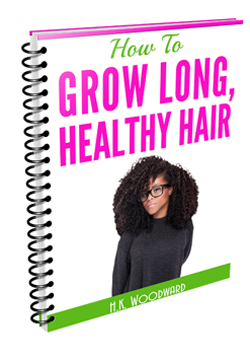
Get your FREE ebook on How To Grow Long, Healthy Natural Kinky or Curly Hair. You might also like: Working with Essential Oils - Understanding Dilution
I have 4C Hair and if I go to bed with my afro out I tend to wake up with it all matted and looking extremely unkempt.
Whilst twisting or plaiting hair is excellent to prevent matting and tangling, I quite frankly don’t have the time, especially now that I am a mother. Anyhow, because my hair is long enough I can effectively use the pineapple method for bedtime for a few days without incurring either matting or tangling. Unfortunately, however, the method cannot be used indefinitely because steam in showers and the daily water spritzes to hydrate kinky-curly hair naturally lead to shrinkage and hair gets harder to pineapple. How Does The Pineapple Method Work?
Click to buy a 33.5 inch silk effect scarf to pineapple your hair. The scarf can be worn out to parties as well as in the boudoir.
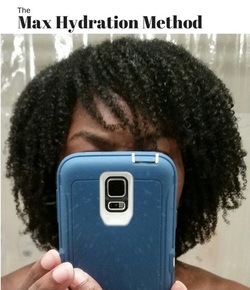
I don’t normally accept guest posts, in fact, this is the very first guest post ever on this hair blog in over two years of writing.
Guest post from Allison Matthews, edited by Heather Katsonga-Woodward. The Max Hydration Method (MHM for short) is, according to maxhydrationmethod.com, “a 5 step regimen that systematically increases moisture levels in the hair until Max Hydration is reached.” This method, championed by Black Hair Media Forum VIP Member PinkeCube promises to turn the notion that wash and go’s don’t work on type 4 hair on its head. In addition to forum posts, and social media accounts dedicated to the Max Hydration Method, PinkeCube has launched a blog where everything about the method can be found — maxhydrationmethod.com. So what exactly is the Max Hydration Method, how does it work, and are the results for real? Let’s explore: Who is the Max Hydration Method for? The Max Hydration Method is articulated as being designed for type 4 hair, specifically low porosity 4c natural hair. What does it do? PinkeCube, MissDeeKay, and other proponents state that the Max Hydration Method will transform dry, frizzy, undefined hair into coils and curls that clump — with or without product. Additionally, they claim that once your hair reaches max hydration, many of the issues that plague type 4 hair (dryness, styling, knots, length retention) will cease to occur. 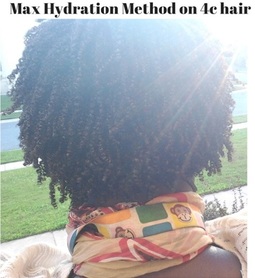
What products are required, and how long does it take?
The Max Hydration Method initial period lasts for 7 consecutive days. You can stretch your re-wetting/styling to every 2-3 days, but daily is recommended for best results. As far as products are concerned, you’ll need:
How do you do the Max Hydration Method?
As mentioned previously, the Max Hydration Method is aimed at being a 7-day cycle, but can be adjusted according to your time constraints and the needs of your hair. The method goes a little something like this:
Users of the Max Hydration Method are encouraged to use only approved/botanical products throughout this process. Although I am still trying to identify a consolidated list of products, the general idea is sticking as closely to the Curly Girl Method as possible (no sulfates, no cones, etc.). For starters, Miss Dee Kay outlines her list of Max Hydration Method-approved conditioners here. Additional reference: The Max Hydration Method Detailed Regimen Heather’s Opinion This all sounds very interesting and I love that the natural hair community is always trying to come up with new solutions to dryness, however, whilst I haven’t yet tried the method I think there are four very important issues with it that will probably stop me from ever trying it:
What I would really love to know is:
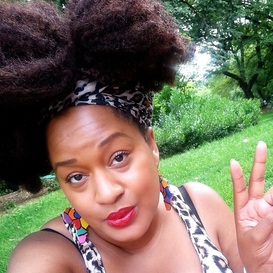 Check out Queen Carmen's Hair Journey & Regimen Check out Queen Carmen's Hair Journey & Regimen
I have been asked this question a few times so I thought it’s high time I gave a proper explanation. What makes one product really cheap and another one more expensive?
Product Price and Product Quality Yes, there is definitely a correlation between the quality of a product and the price but it isn’t a perfect relationship – something that costs £20 isn’t necessarily two times better than a £10 product. That said, some products are cheap for a reason: they use cheap quality ingredients that neither nourish your hair nor your body. Case in point, I was in a Poundland (think, The Dollar Store) – basically as budget as it gets and I saw a 250ml product of “Body Butter” – I couldn’t believe it. There is no way you can produce a body butter that cheaply no matter what your volumes are. So I picked up the bottle to read the ingredients and true to form there was only one vegetable butter on the list and it was very far down the list of ingredients suggesting there wasn’t much of it in there. Ultimately the product was called a butter because they had created a buttery texture but most of it was water and factory made ingredients. Now, there is nothing inherently wrong with most factory ingredients and anything that comes in a can or bottle even Mayo and beans has to contain some form preservation; however, having too much of them reduces the benefits to hair (and skin) compared to a product that use a healthy balance of both farmed and manufactured inputs. A balance needs to be achieved between hair benefits and prolonged shelf life. Sometimes A Cheap Price Hides Another Story Another case in point: I bought a bottle of “Pure Jojoba” because the price was uniquely low; it was too good to be true, I just had to have it. When I got home I thought the product smelt a little “off”. A look at the ingredients list confirmed it wasn’t jojoba but a jojoba and grapeseed oil blend – the product label was lying on the front, calling itself “Pure Jojoba” when it wasn’t! Grapeseed oil is a good oil but it is cheaper than jojoba and has different benefits. I wanted jojoba for the unique benefits that it offers so I was annoyed and disappointed. The price was too good to be true for a reason. Product Price & Unique Ingredients When it comes to product making the more unique the ingredients you use the more expensive the product will be. Shampoo is a good example here. 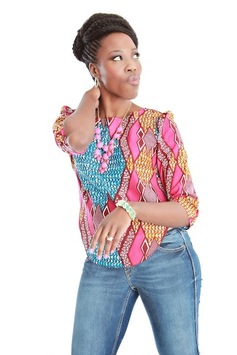 Check out Queen Christine's Hair Journey & Regimen Check out Queen Christine's Hair Journey & Regimen
Because sulfates were so widely used in shampoo (and they still are) using them as a cleanser is really brings down the cost of making a shampoo. Once consumers switched on to the fact that sulfates were too strong a cleanser for dry hair types and possibly had other negative effects some businesses decide to use alternative cleansers.
Using a cleanser other than a sulfate pushes the price up. Some alternative cleansers, e.g. cocamidopropyl betaine, have grown in usage so they are more widely available and therefore more affordable to use as a product ingredient. That said, milder cleansers are still being developed. Choosing to use a non-mainstream ingredient to improve product quality hikes the product price right up. How The Big Dogs Keep Prices Low There are three ways that big manufacturers keep prices down:
Product Price and Experience Some companies want to provide more than just a product to a customer. They want to provide a great experience, great customer service and a fabulous customer relationship. To provide this extra service their product will cost more. 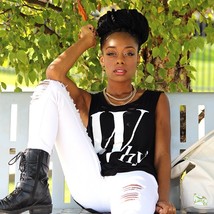 Check out Queen Gloria's Hair Journey & Regimen Check out Queen Gloria's Hair Journey & Regimen
Product Price and Status
Last but certainly not least, some customers want to buy products to show their status a little or to feel different to the masses. If you feel you work harder than most people then you want products most people cannot afford. You want a branded hair or body product that shows you care about quality. You don’t want “good enough” products, you want “best in category” products. Have you ever had a friend who goes from being on your level and all of a sudden they get a job paying them triple? They get a new place to live and when you go over to the house warming party everything in their place tells you upfront, I’m on another level now. Even the hand wash in the bathroom is a superior and exclusive brand. You look on in admiration and just think, I need to work hard and get myself nice stuff like this. Premium products differentiate themselves by going above and beyond on product packaging as well as other small branding elements that the premium consumer cares about. It’s why you choose to buy a Mercedes Benz over a Toyota when they both do exactly the same thing. In summary, a product may be more expensive because:
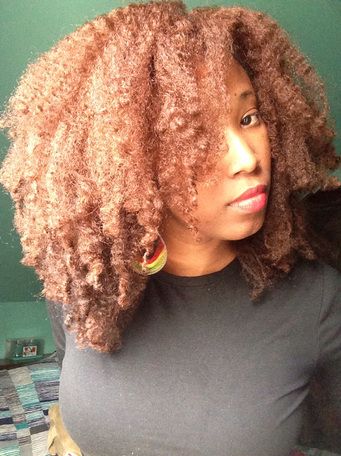 Click for Queen Samantha's hair styles, journey & regimen Click for Queen Samantha's hair styles, journey & regimen
At some point, we have all made these mistakes. Managing natural hair is very different to managing relaxed and it does take a little time to get the hang of it so don't worry if you're still learning.
1. Not Moisturizing Daily Our hair is naturally very dry. If you moisturize it in the morning, it will be dry by evening especially if it’s a very warm day and you were wearing your hair loose. To keep your hair soft you need to moisturize it daily with water, a good moisturizer and if it needs it, an oil or butter to seal. 2. Thinking Protective Hairstyles Are Only For Winter Protective styles protect your hair especially the ends from breaking and splitting. Our hair is most vulnerable when it’s flying loose rather than when it is pinned up, bunched up in a twist or in a braid. In winter, the air can be very dry and the wind intense so protective styling helps to prevent exposure to these extreme elements. In the summer, if it’s hot but not humid your hair can also get very dry so protective styling is actually ideal for both extremes. In fact, I find my hair gets more dry and even wiry on very hot days rather than in winter. You should use protective styling whenever the weather is too hot, too cold or windy because it helps with all extreme weather changes that make hair more vulnerable. 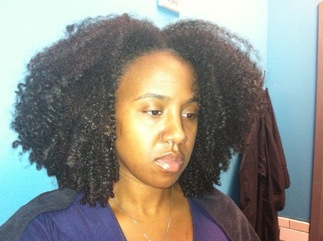 Click for Queen Kiki's hair styles, journey & regimen Click for Queen Kiki's hair styles, journey & regimen
3. Following Someone Else’s Regimen Without Adapting It For Your Own Hair
It’s completely normal to do this. Especially for someone who had relaxed hair for as long as I did, you don’t know what to do with natural hair. You end up following your favourite YouTuber or your best friend because you don’t know what else you should be doing. What you should be doing is trying everything out and if it doesn’t work on your hair: changing it, adapting it or ditching it until you discover what works for you. 4. Not Trimming So many people in the natural hair community are so obsessed with length that they don’t trim at all. The result is that they have thick roots but if they pull a bunch of hair out they only have 5 strands at the longest length. In some cases it can look a little extreme (and even silly). Trimming hair helps with health and growth. Neaten the ends up when they get messy or trim a little to neaten every 4 to 6 weeks as standard. 5. Braiding & Weaving Too Often  Click for Queen Courtney's hair styles, journey & regimen Click for Queen Courtney's hair styles, journey & regimen
I absolutely have nothing against braids and weaves. However, your hair does need a rest.
If you move from one set of braids or one weave to the next without a two week gap, at least, in between, you don’t get to observe your hair’s condition. Your hair edges could be getting thinner and thinner and the extensive plaiting may also be thinning your hair out. This was the reason I went natural to begin with. Combining braids and relaxer thinned my hair out very badly. By having a gap between braids I discovered the issue and took what was at the time the drastic measure of going natural. 6. Prioritizing Length Over Health & Enjoying The Journey Being natural shouldn’t be about your next length goal because that sucks the fun out of it. Whatever length of hair you have, enjoy it. I have never had a length goal, only a desire to keep my hair healthy. Of course everyone wants to observe growth but if that is your sole focus then you won’t enjoy the days when you’re in a TWA or transitioning. Just enjoy it! 7. Not Developing An Anti-Tangle Regimen As Hair Grows As your natural hair grows it will get more tangles and your regimen has to change to accommodate that. Your wash routine and your night time routine especially have to account for the fact that loose strands will tend to tangle and it will drive you mad.
Can you think of more treacherous mistakes that we make? Then make a comment.
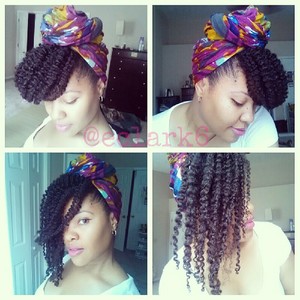
The average person doesn't have much time to spend on their hair during the week.
Here is a recommended routine that you can follow: BEFORE BED
WHEN YOU WAKE UP
Share any daily hair routines that you use to keep your hair soft AND especially to keep you rocking up to work on time. |
I now blog about wealth creation - so if you have any money questions meet me there, you can do all sorts of cool things like leave me a voicemail.
By Heather Katsonga-Woodward
I was a natural hair blogger and mixtress living between London & Chicago from 2012 to 2017. I always thought I was 4C but some say 4B; images below - you decide! Heather xx Categories
All
Archives
November 2016
|

